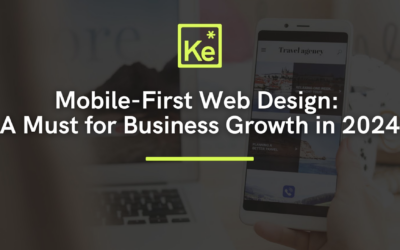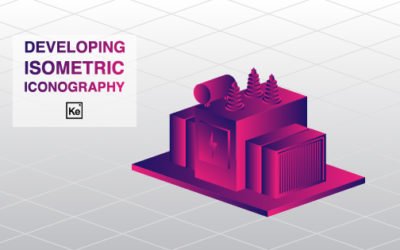Essential Elements of Effective Web Design
Effective web design is crucial for creating a positive user experience and achieving business goals. It encompasses various elements such as layout, color schemes, typography, and imagery, all of which contribute to the overall aesthetics and functionality of a website.
For example, a well-structured layout guides visitors through the site, while a cohesive color palette enhances brand recognition. Additionally, using readable fonts and high-quality images can significantly impact how users perceive your brand, making it essential to prioritize these elements in your design strategy.
Best Practices for Web Accessibility
Web accessibility ensures that all users, including those with disabilities, can navigate and interact with your website effectively. Implementing best practices for accessibility not only broadens your audience but also enhances your site's usability.
Key practices include using descriptive alt text for images, ensuring sufficient color contrast, and providing keyboard navigation options. By adhering to these guidelines, you can create an inclusive web experience that aligns with legal standards and improves overall user satisfaction.
Trends in Web Design for 2025
Staying updated with the latest web design trends is essential for maintaining a competitive edge. In 2025, expect to see increased use of immersive experiences, such as augmented reality (AR) and virtual reality (VR), as well as a focus on minimalistic designs that prioritize user engagement.
Moreover, the integration of AI-driven design tools will streamline the design process, allowing for personalized user experiences. Keeping an eye on these trends will help businesses innovate and adapt their online presence to meet evolving consumer expectations.
The Role of SEO in Web Design
Search Engine Optimization (SEO) plays a vital role in web design by ensuring that your site is discoverable by search engines. A well-optimized website not only attracts more visitors but also enhances user experience through faster loading times and mobile responsiveness.
Incorporating SEO best practices from the outset, such as using proper heading structures, optimizing images, and ensuring mobile compatibility, can greatly improve your site's visibility. By aligning your web design with SEO strategies, you can achieve better rankings in search results and drive more organic traffic.
Essential Elements of Effective Web Design
Effective web design is crucial for creating a positive user experience and achieving business goals. It encompasses various elements such as layout, color schemes, typography, and imagery, all of which contribute to the overall aesthetics and functionality of a website.
For example, a well-structured layout guides visitors through the site, while a cohesive color palette enhances brand recognition. Additionally, using readable fonts and high-quality images can significantly impact how users perceive your brand, making it essential to prioritize these elements in your design strategy.
Best Practices for Web Accessibility
Web accessibility ensures that all users, including those with disabilities, can navigate and interact with your website effectively. Implementing best practices for accessibility not only broadens your audience but also enhances your site's usability.
Key practices include using descriptive alt text for images, ensuring sufficient color contrast, and providing keyboard navigation options. By adhering to these guidelines, you can create an inclusive web experience that aligns with legal standards and improves overall user satisfaction.
Trends in Web Design for 2025
Staying updated with the latest web design trends is essential for maintaining a competitive edge. In 2025, expect to see increased use of immersive experiences, such as augmented reality (AR) and virtual reality (VR), as well as a focus on minimalistic designs that prioritize user engagement.
Moreover, the integration of AI-driven design tools will streamline the design process, allowing for personalized user experiences. Keeping an eye on these trends will help businesses innovate and adapt their online presence to meet evolving consumer expectations.
The Role of SEO in Web Design
Search Engine Optimization (SEO) plays a vital role in web design by ensuring that your site is discoverable by search engines. A well-optimized website not only attracts more visitors but also enhances user experience through faster loading times and mobile responsiveness.
Incorporating SEO best practices from the outset, such as using proper heading structures, optimizing images, and ensuring mobile compatibility, can greatly improve your site's visibility. By aligning your web design with SEO strategies, you can achieve better rankings in search results and drive more organic traffic.







